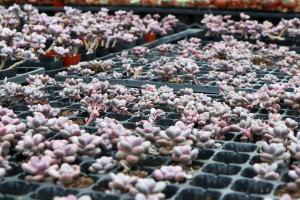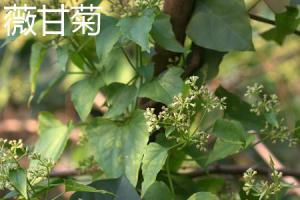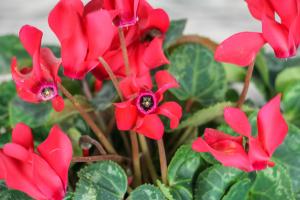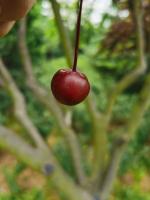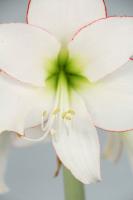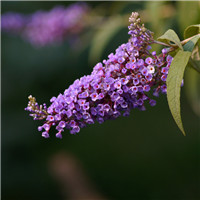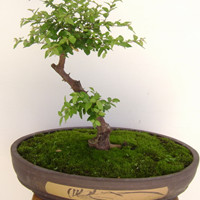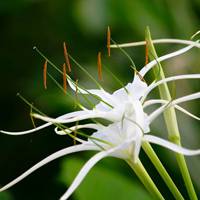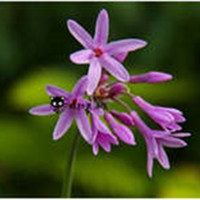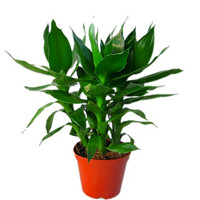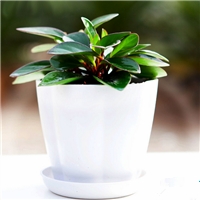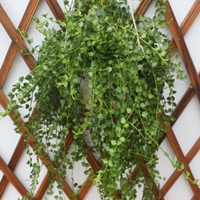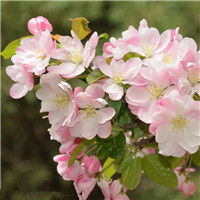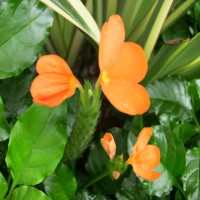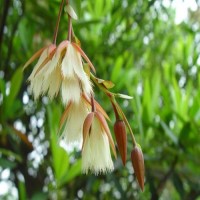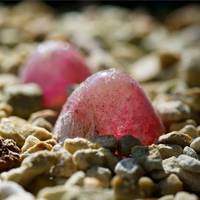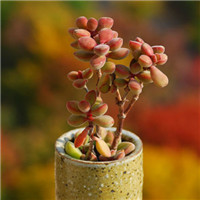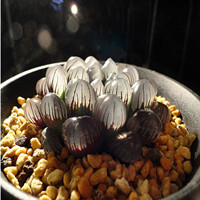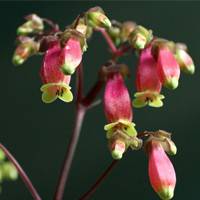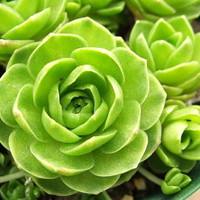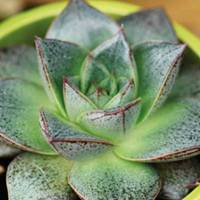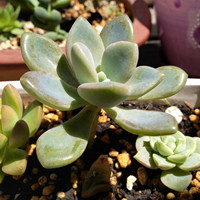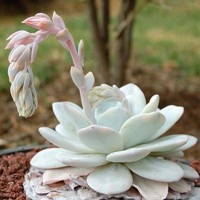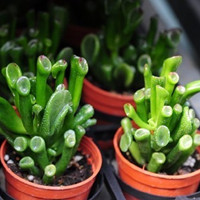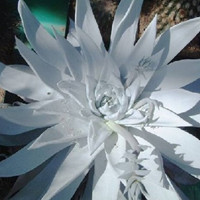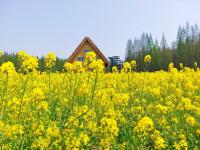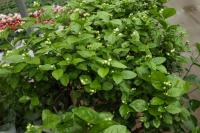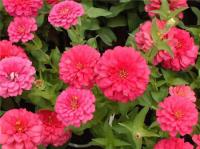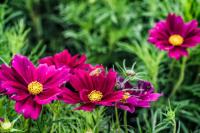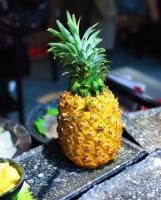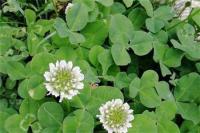1、 Curing method
1. Temperature: Du Yinghua likes a warm environment. Specifically, between 15 and 30 degrees is more appropriate. It doesn't like extreme environment, so whether the temperature is too low or too high, it needs to be adjusted slightly. Especially in winter, it is not cold resistant, which is why it is mainly distributed in the south
2. Light: Du Yinghua has certain requirements for sunshine, but it is afraid of strong light. Therefore, astigmatism is most suitable for it. Don't let it be exposed to strong sunlight. In addition, in winter, providing good sunshine can also promote its safe winter
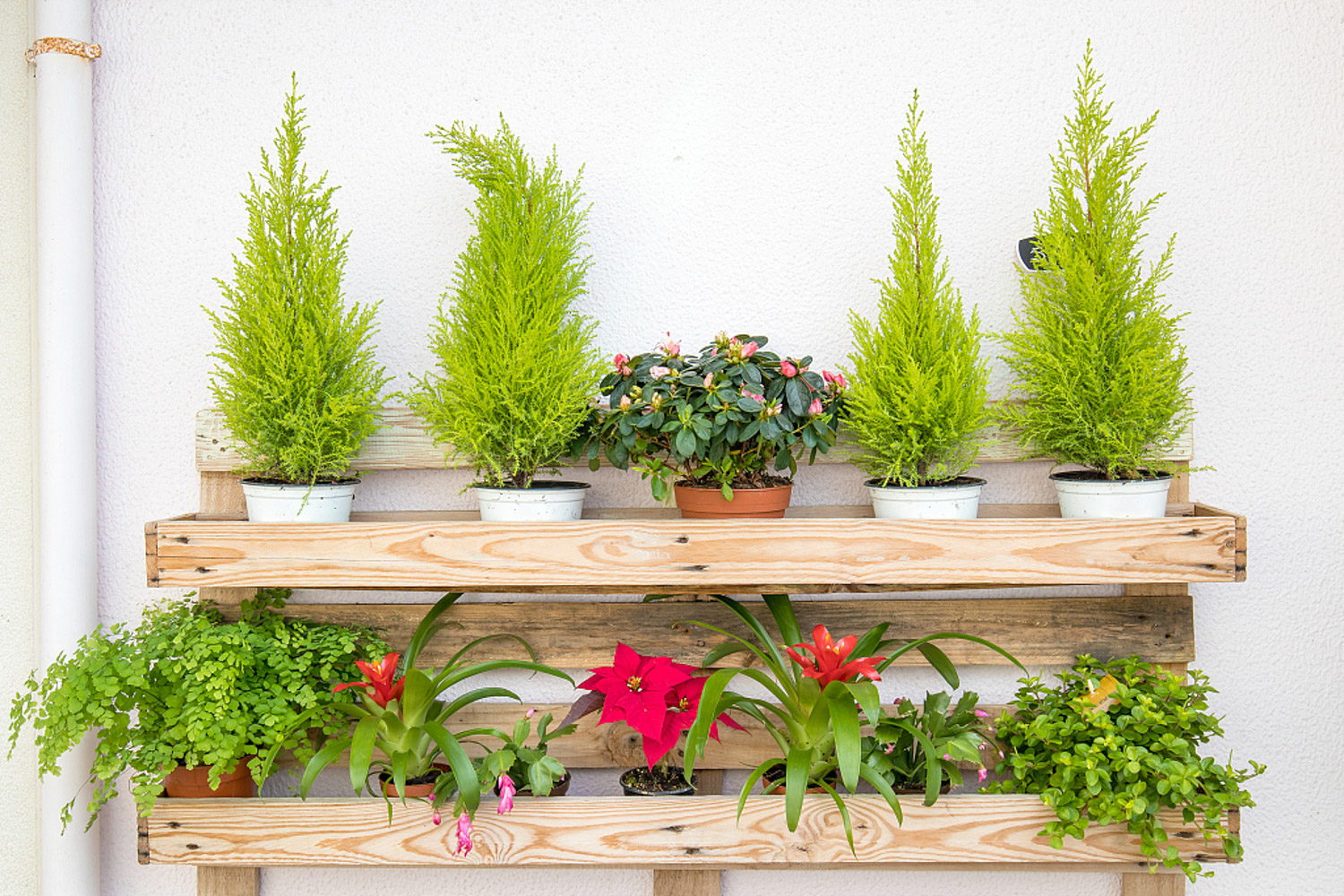
3. Watering: Du Yinghua likes humid environment, and wild Du Yinghua is basically distributed in humid places. Therefore, timely replenishment of water is a very important step, and long-term drying is not allowed. But try not to get too wet
4. Fertilization: Du Yinghua doesn't need much fertilizer. Generally speaking, some natural non organic chemicals can be used at the initial stage of growth, and then an appropriate amount of urea can be used
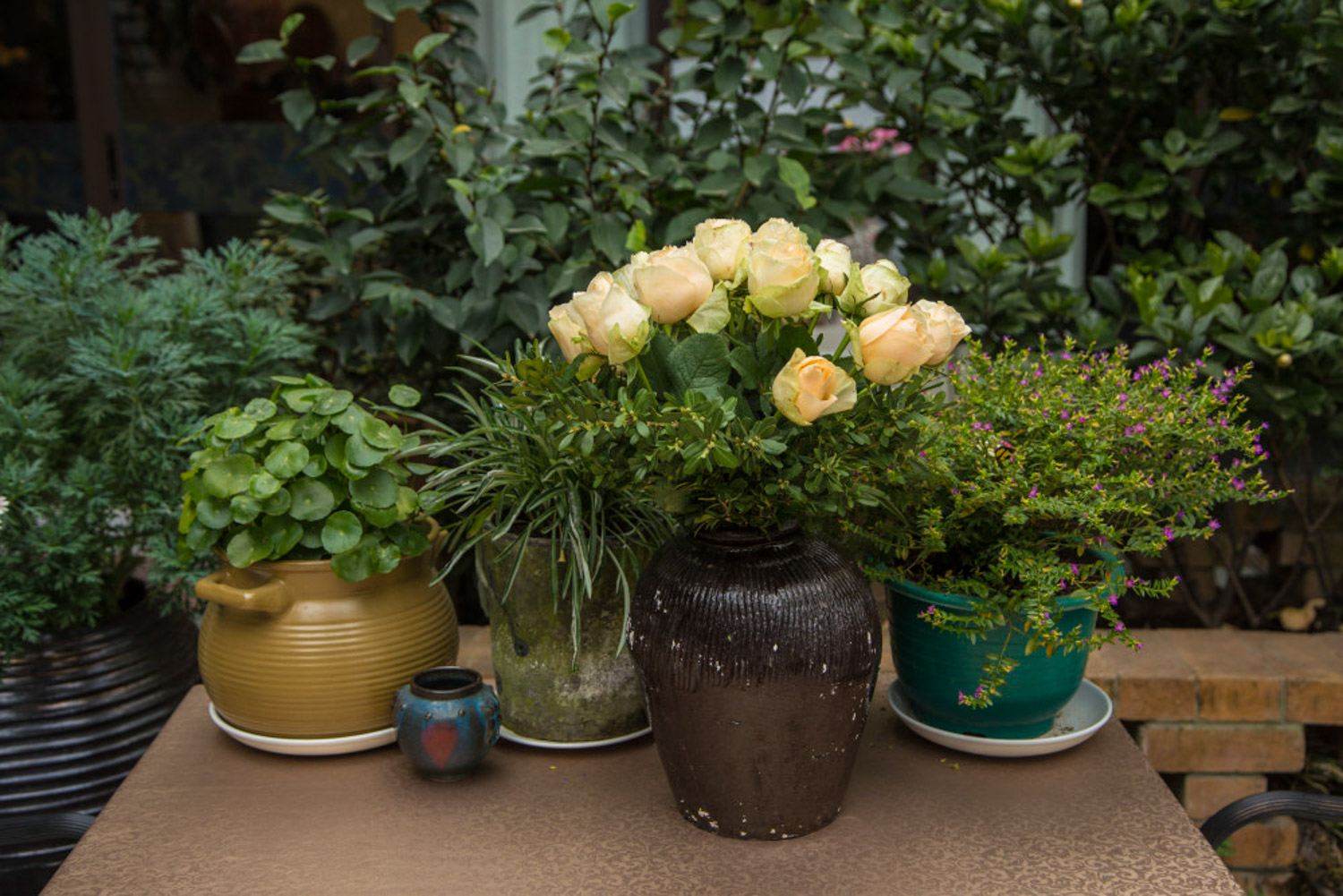
2、 Breeding skills
1. Propagation: cutting can be used. In this way, the success rate is relatively high, and the breeding process is very simple. Choose strong and healthy branches as cuttings. After that, prepare sandy soil, rotten leaf soil, etc. as the matrix. The insertion depth can be controlled at about half of the overall length. After that, you can put it in a cool place to adapt it to the environment
2. Pruning and weeding: the steps of pruning are very important. Picking the heart can promote more flowers, while pruning after diseases and pests is an important auxiliary measure. In addition, we should pay attention to weeding at ordinary times, otherwise these weeds will consume too much nutrients and water
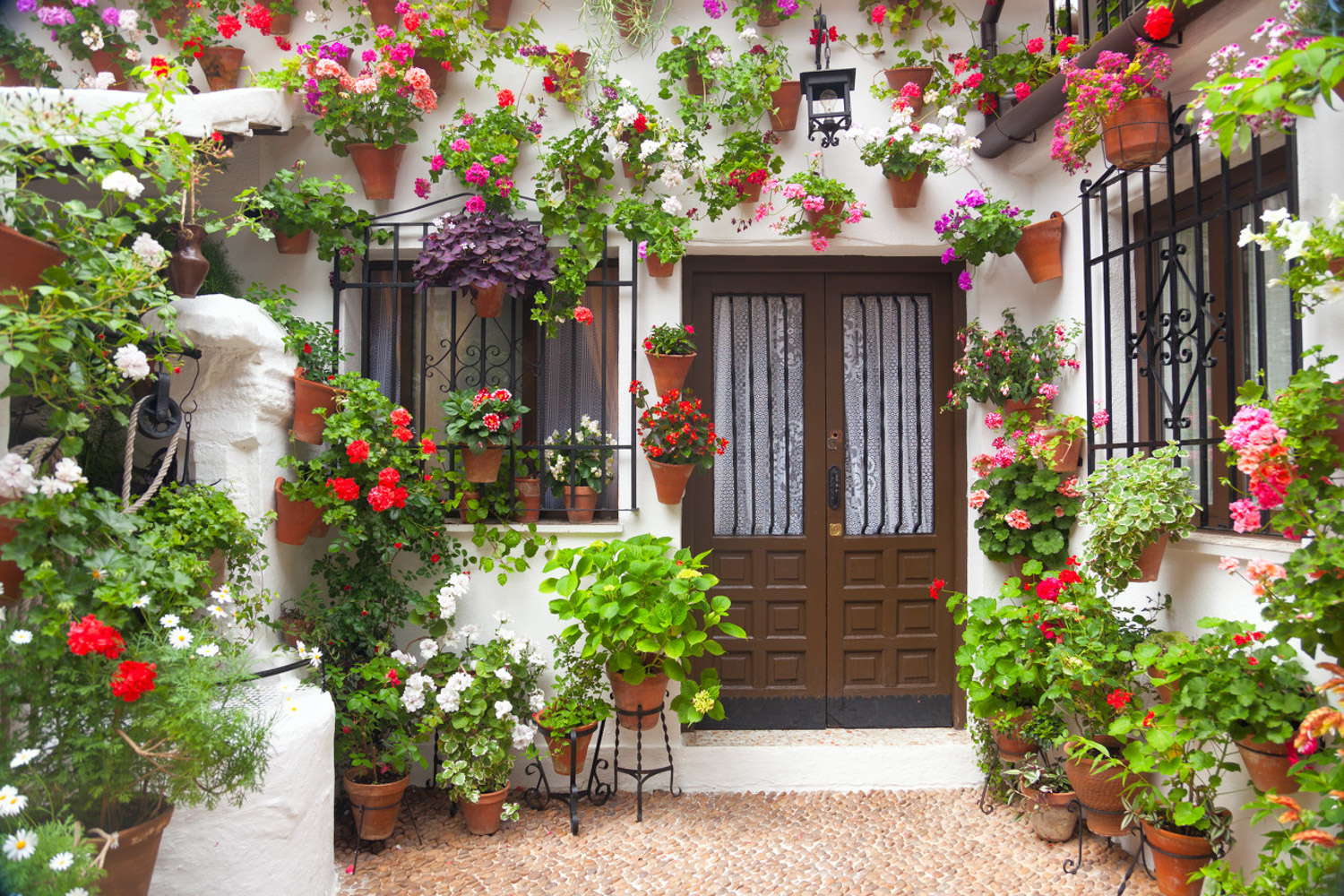
3、 Diagnosis and treatment problems
1. Duyinghua is not very resistant to many diseases. If the environment is not suitable, you may get diseases, such as "anthrax". You can spray chlorothalonil in time, and clean up the sundries and fallen leaves
2. Insect pests: in fact, there are not many. Spray insecticides in time after they appear
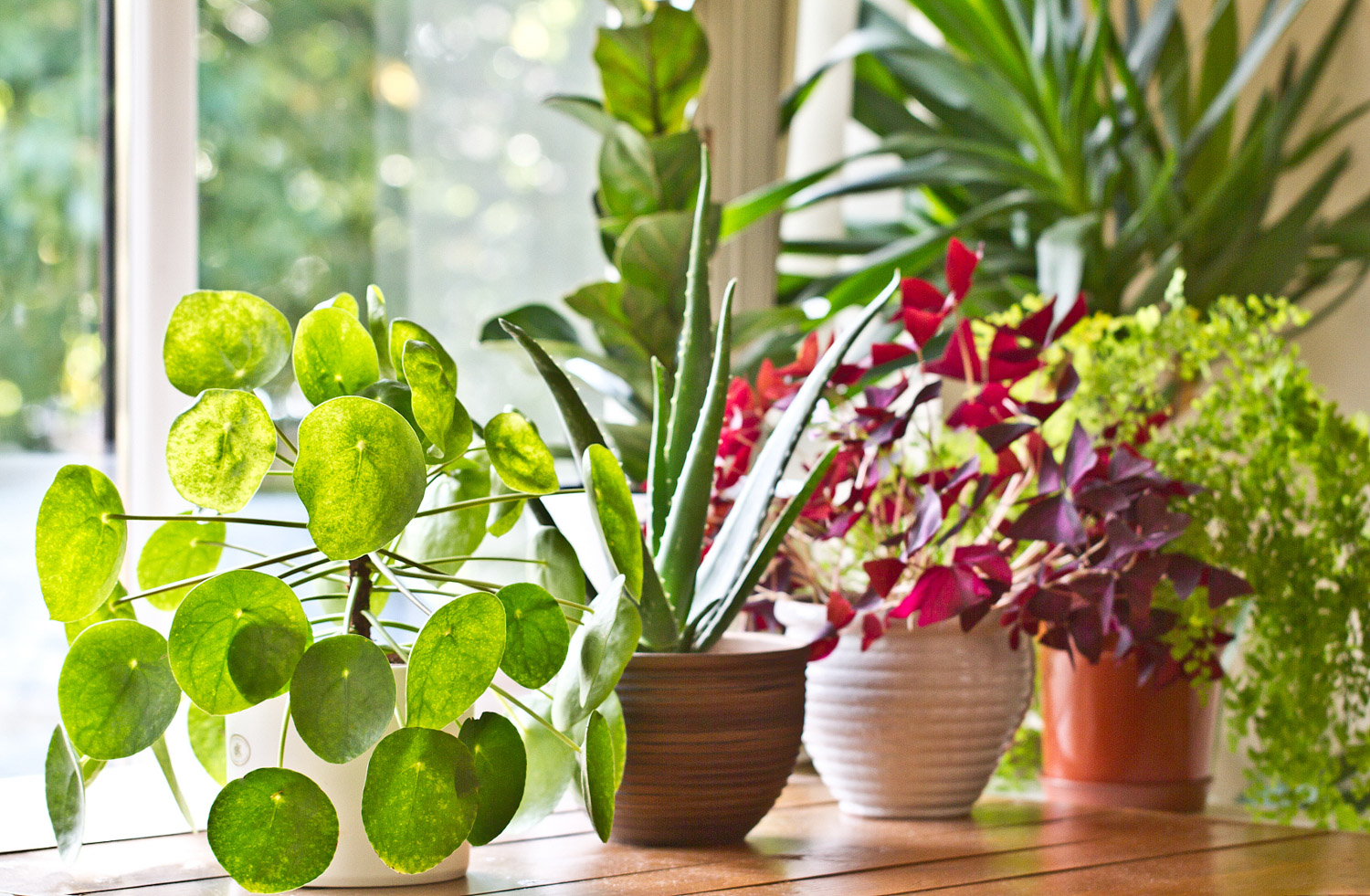
4、 Other issues
1. Toxicity: it is non-toxic, so you don't have to worry about breeding it
2. Whether it can be raised at home: Yes. It can not only watch, but also reduce the noise after. However, it is mainly distributed in the south

 jackfruit
jackfruit snake plant
snake plant hibiscus
hibiscus hydrangea
hydrangea lavender
lavender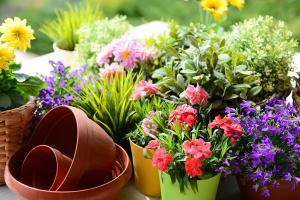 Green roses climb al...
Green roses climb al...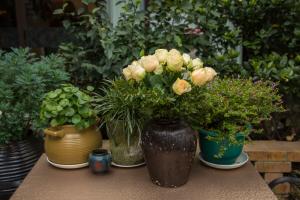 If you don't pay att...
If you don't pay att... Management of four g...
Management of four g...

